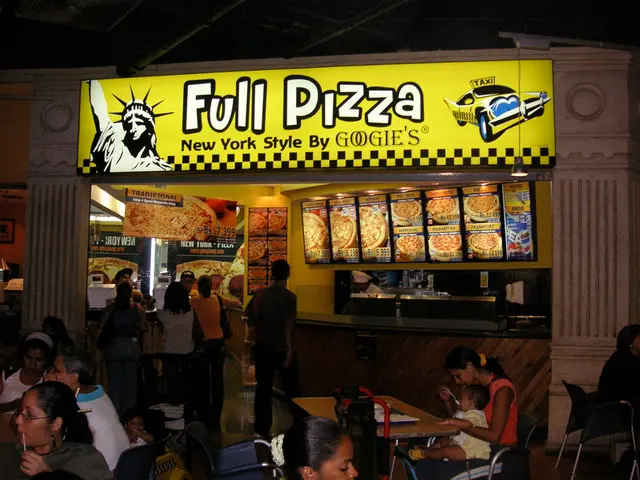Leaders in border freight industry look to green technology as a key investment option, as showcased at the NADBank Summit.
In the heart of San Antonio, the NADBank's 2025 summit, titled "Driving Growth: Clean and Efficient Mobility Catalyzes Economic Integration," brought together federal, state, and municipal authorities, business organizations, academia, financial institutions, investors, project developers, and experts from both the U.S. and Mexico. The event aimed to discuss and promote sustainable freight transport in North America.
One of the key points of discussion was the need for a mix of technologies to reduce emissions in North American freight. Panelists, including Daniel Covarrubias from Texas A&M International University and Victor Salazar, chief commercial officer at Trayecto, agreed that a coordinated approach involving incentives, infrastructure, and investment is crucial for progress. They warned that without such coordination, progress could stall.
Jorge Gutierrez Topete, director of Baja California's Institute of Sustainable Mobility, emphasized the importance of incentives over penalties in shifting fleets toward lower-emission technologies. He pointed to successful financing of Euro 6 clean-energy buses in Tijuana as a blueprint for scaling public and private fleet conversions.
Trayecto, the largest freight transportation company in Mexico, has more than 4,000 trucks and 10,000 trailers, and makes around 14,000 journeys per month between border crossings. The company has been operating more than 600 natural gas-powered trucks for over a decade, growing from five units in 2015. Despite challenges such as range and charging issues, Trayecto is also testing electric trucks and has launched a "green corridor" linking the Port of Long Beach with factories in Tijuana and San Diego, logging over one million clean miles last year.
In Texas, Daniel Covarrubias stressed the role of new infrastructure and research in preparing for a more sustainable border economy. He highlighted the importance of collaboration with U.S. programs, like the Institute of Sustainable Mobility of Baja California, which promotes and develops a zero-emission mobility strategy for Baja California and collaborates with U.S. programs across the border in the San Diego region.
The Institute's efforts are not limited to Baja California. A study on electric cargo vehicles is being conducted at the U.S.-Mexico border to conceptualize smart border entry and reimagine infrastructure based on technology. This study could pave the way for more sustainable cross-border transportation.
Bali Express Services, a trucking company based in San Diego, is leading the way in electric transport. They are the first trucking company to operate electric Class 8 trucks across the U.S.-Mexico border, an initiative supported by NADBank financing. Juan Baez of Bali Express Services expressed commitment to making the company 100% sustainable by 2035 or 2040, through electrification. He believes that electric trucks lead to a more efficient company with reduced costs and satisfied clients.
However, Mexico lacks government incentives for green transport, pushing companies like Trayecto to find private solutions such as building their own fueling stations. Despite these challenges, the future of sustainable freight transport in North America looks promising, with companies like Trayecto and Bali Express Services leading the way.
Read also:
- Peptide YY (PYY): Exploring its Role in Appetite Suppression, Intestinal Health, and Cognitive Links
- Toddler Health: Rotavirus Signs, Origins, and Potential Complications
- Digestive issues and heart discomfort: Root causes and associated health conditions
- House Infernos: Deadly Hazards Surpassing the Flames








